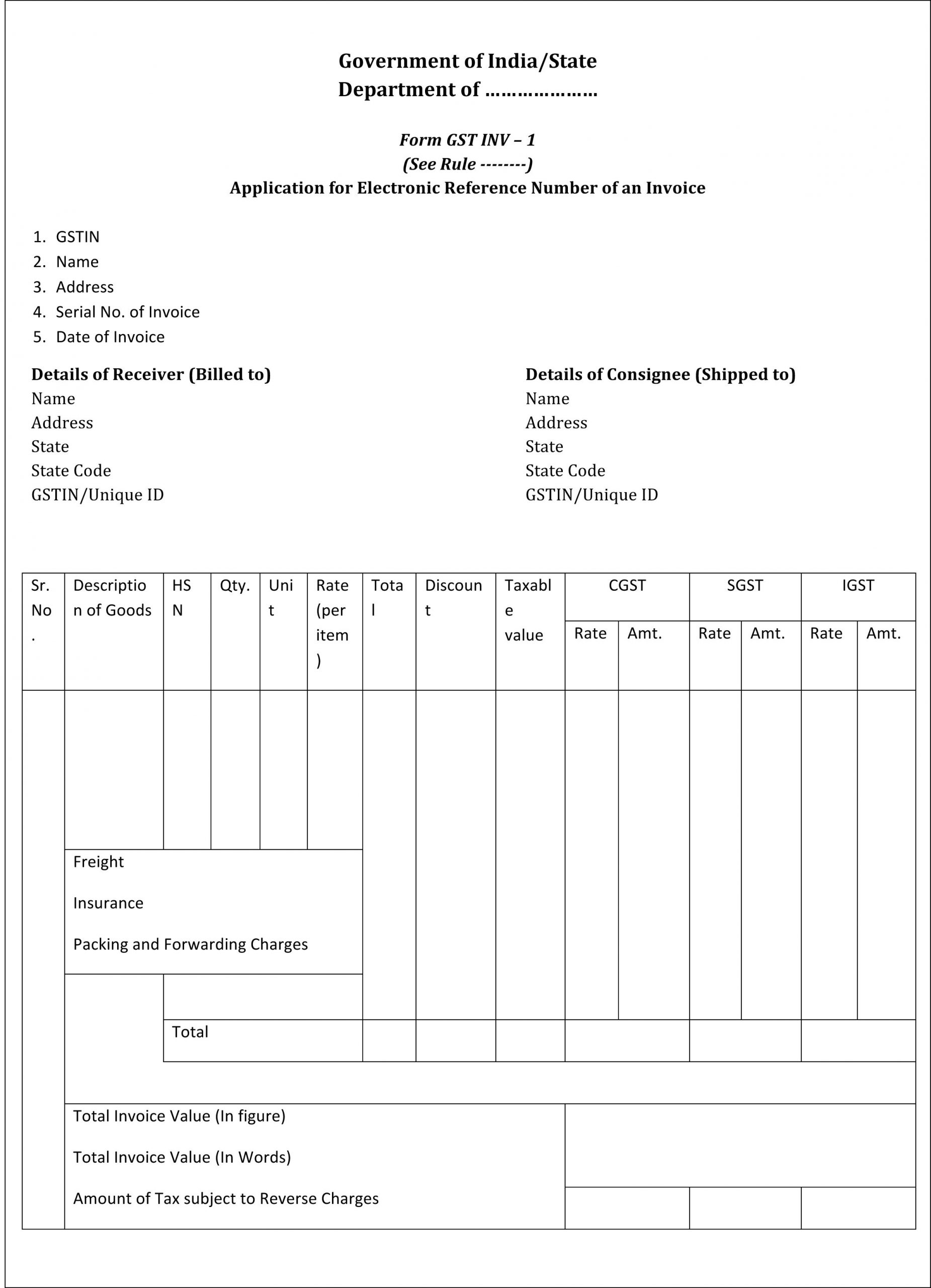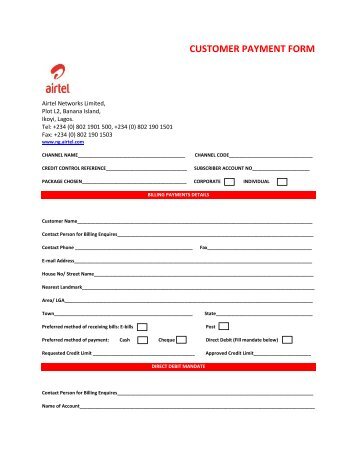


All IITs, IISc Bangalore, DOE Delhi and NCST Mumbai were connected by 9.6 kbit/s leased line by 1992. Subsequently, Class C addresses were allotted to ERNET by APNIC. ERNET was allotted Class B IP address 144.16.0.0 by NIC (then InterNIC) in 1990. The first leased line of 9.6 kbit/s was installed in January 1991 between Delhi and Mumbai. Since 1995, however, almost all traffic is carried over TCP/IP. ERNET began as a multi protocol network with both the TCP/IP and the OSI-IP protocol stacks running over the leased-line portion of the backbone. ERNET was initiated by the Department of Electronics (DoE), with funding from the Government of India and United Nations Development Program (UNDP), involving eight premier institutions as participating agencies-NCST Bombay, Indian Institute of Science, five Indian Institutes of Technology (Delhi, Mumbai, Kanpur, Kharagpur and Chennai), and the DoE in New Delhi. The network was made available only to educational and research communities. While early computer networks were operated since the late 1970s by the Oil and Natural Gas Corporation, the military, along with general-use computer networks such as INDONET, NICNET, and VIKRAM, the history of the Internet in India began with the launch of the Educational Research Network (ERNET) in 1986. Reliance has started the project of underlying submarine cable connecting continents of Europe and Asia and keeping India its centre India-Europe-Xpress (IEX) and India-Asia-Xpress (IAX) - the world's largest submarine cable system - are said to be ready between 20. The Indian Government has embarked on projects such as BharatNet, Digital India, Brand India and Startup India to further expedite the growth of internet-based ecosystems. In 2022 its reported that India is also a potential market of Starlink and apart from having one overland internet connection, at the city of Agartala near the border with Bangladesh, India has also established 2,300-km undersea cable to increase internet connectivity to its Andaman and Nicobar archipelago in 2020. Īs of May 2014, the Internet is delivered to India mainly by 9 different undersea fibres, including SEA-ME-WE 3, Bay of Bengal Gateway and Europe India Gateway, arriving at 5 different landing points.


India has the highest mobile data consumption rate at 12 GB/user a month in the world, and the country is adding as many as 25 million new smartphone users every quarter. General public access to the internet began on 15 August 1995, and as of July 2022 there are 833 million active internet users that comprise 59.28% of the population. Internet in India began in 1986 and was available only to the educational and research community.


 0 kommentar(er)
0 kommentar(er)
